Archives
- 2025-12
- 2025-11
- 2025-10
- 2025-09
- 2025-03
- 2025-02
- 2025-01
- 2024-12
- 2024-11
- 2024-10
- 2024-09
- 2024-08
- 2024-07
- 2024-06
- 2024-05
- 2024-04
- 2024-03
- 2024-02
- 2024-01
- 2023-12
- 2023-11
- 2023-10
- 2023-09
- 2023-08
- 2023-06
- 2023-05
- 2023-04
- 2023-03
- 2023-02
- 2023-01
- 2022-12
- 2022-11
- 2022-10
- 2022-09
- 2022-08
- 2022-07
- 2022-06
- 2022-05
- 2022-04
- 2022-03
- 2022-02
- 2022-01
- 2021-12
- 2021-11
- 2021-10
- 2021-09
- 2021-08
- 2021-07
- 2021-06
- 2021-05
- 2021-04
- 2021-03
- 2021-02
- 2021-01
- 2020-12
- 2020-11
- 2020-10
- 2020-09
- 2020-08
- 2020-07
- 2020-06
- 2020-05
- 2020-04
- 2020-03
- 2020-02
- 2020-01
- 2019-12
- 2019-11
- 2019-10
- 2019-09
- 2019-08
- 2019-07
- 2019-06
- 2019-05
- 2019-04
- 2018-11
- 2018-10
- 2018-07
-
The results described in the present
2020-12-22
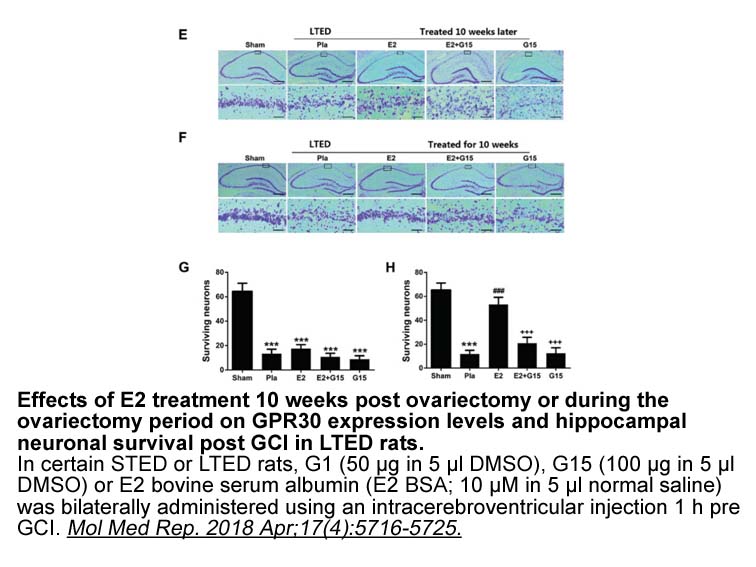
The results described in the present study confirm key restrictions on reaction conditions which must considered to maximize reactor productivity. Increased viscosity should be avoided for the amination of ketones by L-AmDH, as a 4-fold increase in viscosity can lower the reaction rate by as much as
-
We have previously reported the characterization of A
2020-12-22
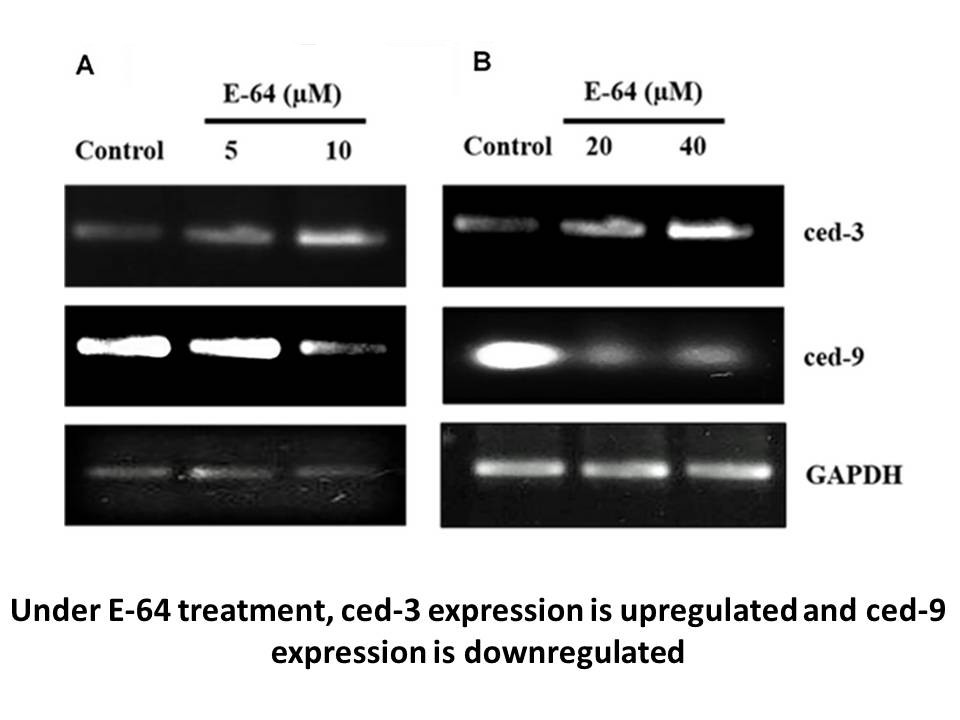
We have previously reported the characterization of A-127722, a novel, non-peptide endothelin antagonist that displays very high affinity binding (K=69 pM) with a more than 1000-fold greater affinity for human endothelin ETA than ETB receptor. Although A-127722 is >1000-fold more selective for endot
-
br Conflict of interest br Acknowledgments This work
2020-12-22
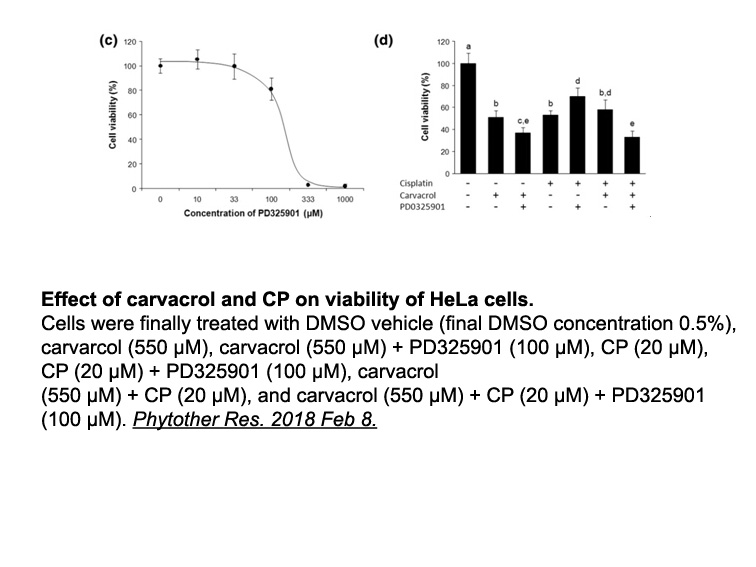
Conflict of interest Acknowledgments This work was supported in part by grants from the , Spain (INCITE08PXIB203092PR). VGM was supported by a FPU pre-doctoral scholarship from the , Spain. MLR was supported in part by a crowdfunding campaign (PRECIPITA), coordinated by the Spanish Foundation
-
br Results and discussion br Conclusions In this
2020-12-22
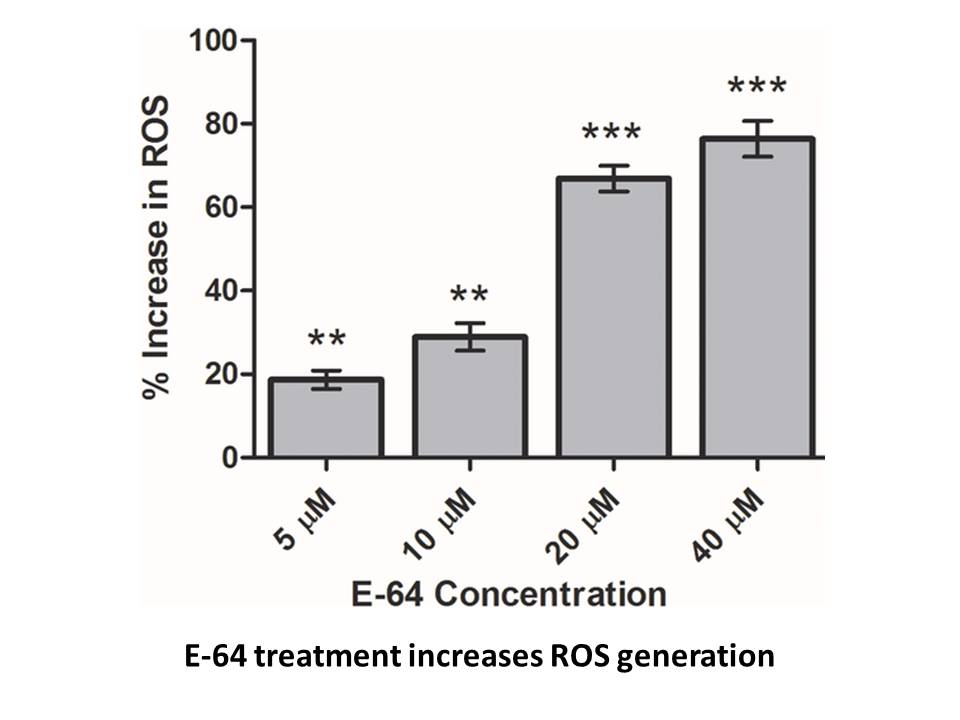
Results and discussion Conclusions In this work, we have conjugated two thermophilic enzymes (i.e., AMY and LASPO) to iron oxide NPs through different conjugation strategies obtaining efficient biocatalysts. We have demonstrated that these NP-enzyme systems can be successfully activated by an
-
To our knowledge this is the first report
2020-12-22
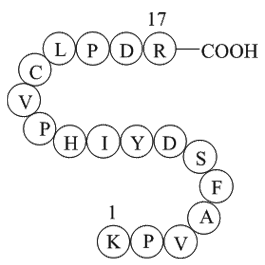
To our knowledge, this is the first report of an oncocytoma expressing alpha-enolase or causing autoimmune retinopathy and optic neuropathy. Although generally considered benign, oncocytomas have rarely been associated with paraneoplastic syndromes, including tumor-induced hypertension, erythrocytos
-
The small intestine in addition to
2020-12-22
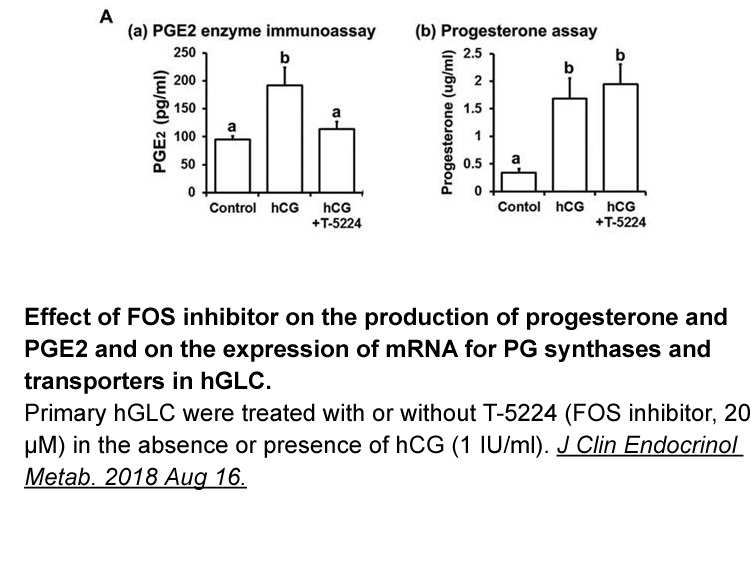
The small intestine, in addition to its primary role of absorption, has the ability to metabolize drugs and other xenobiotics through phase 1 and phase 11 metabolisms [25] since almost all the cytochrome P450 ionomycin present in the liver are also present in the small intestine although, in lower
-
Regardless of its effect on
2020-12-22

Regardless of its effect on EBV infection, the chemokine system has been found to be regulated in both nasopharyngeal cancer and Hodgkin lymphoma. As such, Hodgkin and Reed–Sternberg (HRS) cells from Hodgkin lymphoma and nasopharyngeal carcinoma cells have been shown to express CXCL8 and CCL17. Furt
-
br Acknowledgments This work was supported by Grants from
2020-12-22
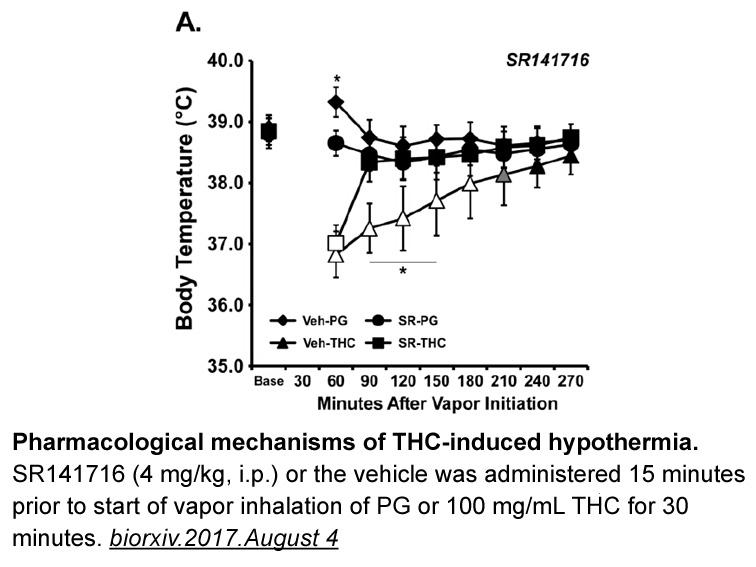
Acknowledgments This work was supported by Grants from the National Research Foundation (2010-0000782) and the National Center for GM Crops (PJ008152) of the Next Generation BioGreen 21 Program funded by the Rural Development Administration, Republic of Korea, to W.T.K. Introduction Ubiquityl
-
Until recently the first line treatment of RLS was
2020-12-21
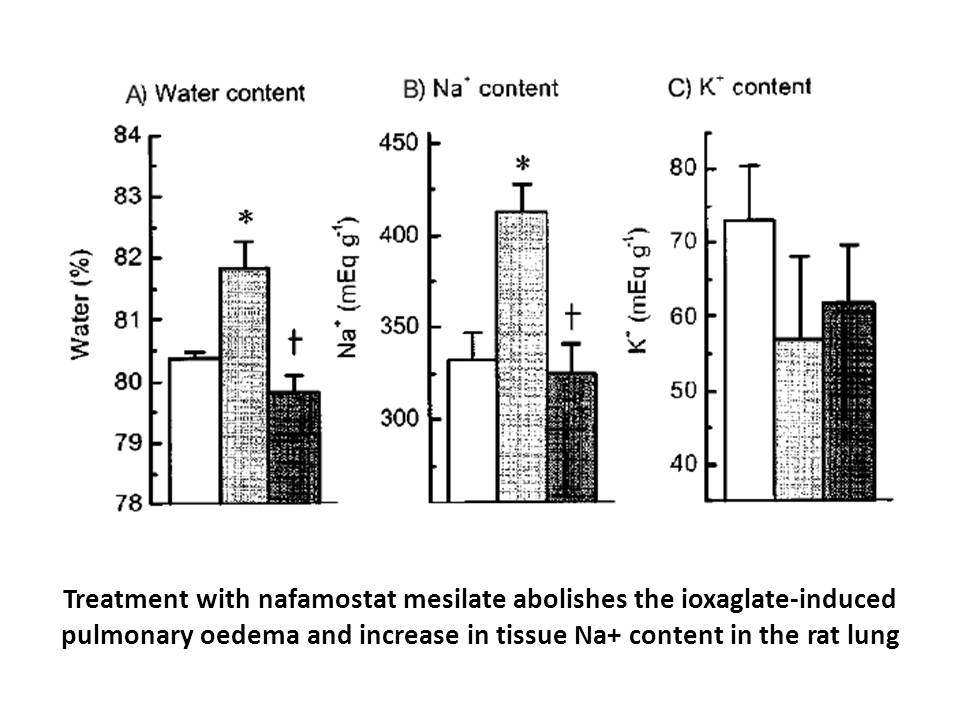
Until recently, the first line treatment of RLS was the administration of low dose of three dopaminergic drugs, which has been approved by the US Food and Drug Administration and the European Medicines Agency for the treatment of moderate to severe RLS. These compounds are pramipexole (Mirapex), rop
-
br Material and methods br Results br Discussion
2020-12-21
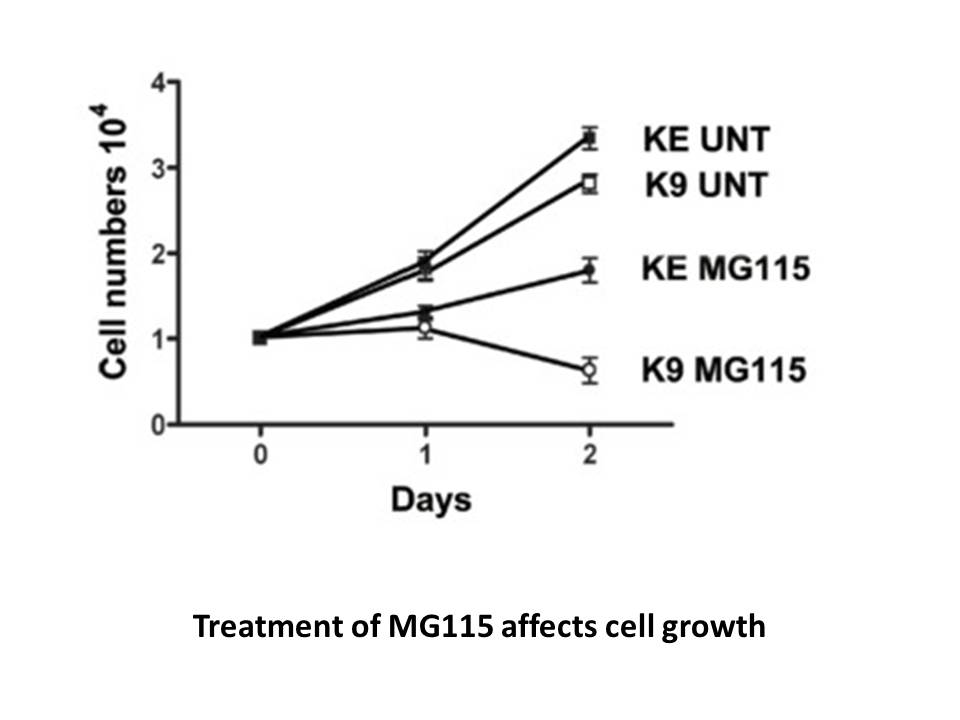
Material and methods Results Discussion In the present study, twenty strains of Y. enterocolitica were analyzed for their inhibitory potential on cysteine proteases. Five of these strains belonged to bioserotype 4/O:3, which is distinguished for its pathogenicity towards humans. The rest of
-
Cysteinyl leukotrienes CysLTs are potent inflammatory
2020-12-21

Cysteinyl leukotrienes (CysLTs) are potent inflammatory mediators closely associated with cerebral ischemic injury. CysLTs induce inflammatory responses mediated by at least two different CysLT receptors (CysLT1R and CysLT2R) (Bäck et al., 2011, Singh et al., 2010). It has been reported that the Cys
-
Cys LT have been shown to be critical for stimulation
2020-12-21
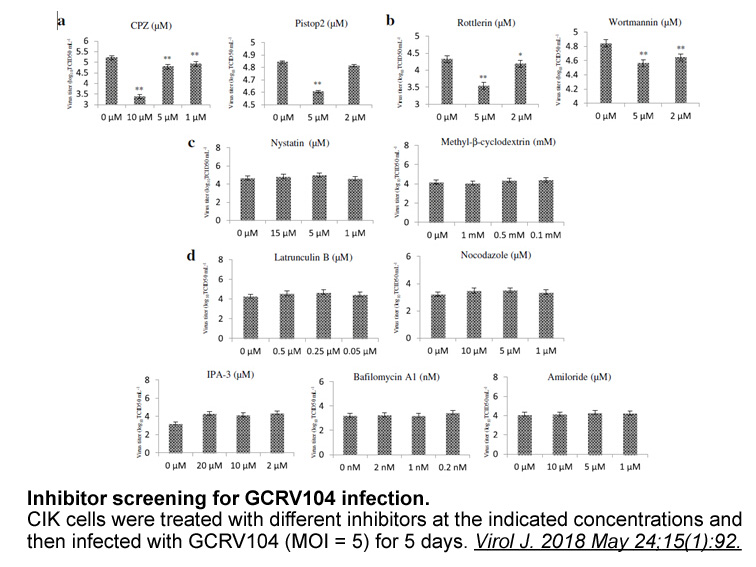
Cys-LT have been shown to be critical for stimulation of monocytes to produce various proinflammatory factors [32,67]. Fig. 3 shows results obtained with human peripheral monocyte-derived macrophages differentiated for 6 days with 20 ng/ml macrophage colony-stimulating factor (M-CSF) and challenged
-
The absorption rate of polyphenols
2020-12-21
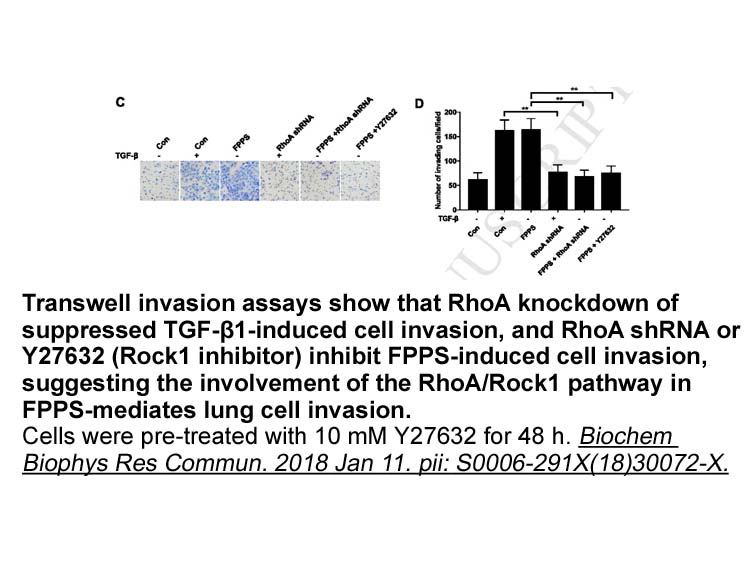
The TG003 mg rate of polyphenols into the body is usually low. For example, the absorption rate of epigallocatechin gallate (EGCG), an active component in GP, is approximately 1% (Chen et al., 1997). To increase absorption of GP in the body, people have been increasing their intake of functional fo
-
p Kip is a critical component
2020-12-21
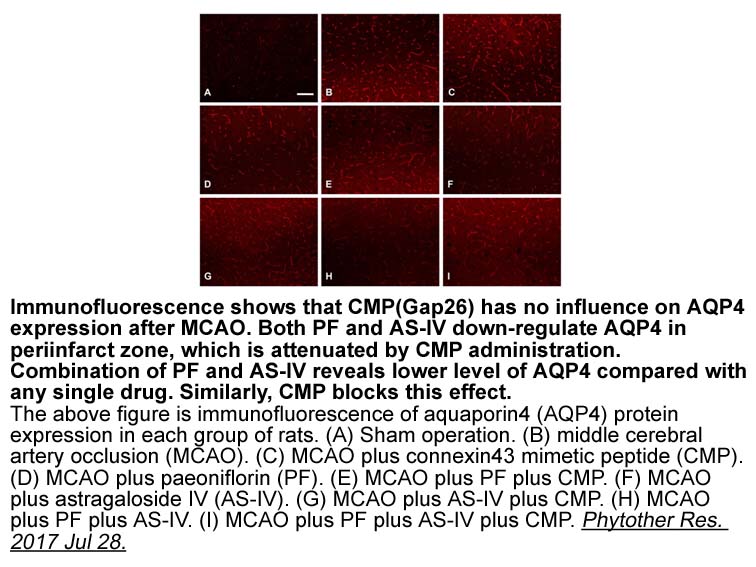
p27Kip1 is a critical component of the cell cycle machinery [15]. As an inhibitor of cyclin E-Cdk2, p27Kip1 plays a pivotal role in controlling cell proliferation, S-phase entry, and G1-phase exit during development and tumorigenesis [16]. p27Kip1 is predominantly regulated via posttranslational mod
-
Survival analysis has been widely used in medical science ec
2020-12-21
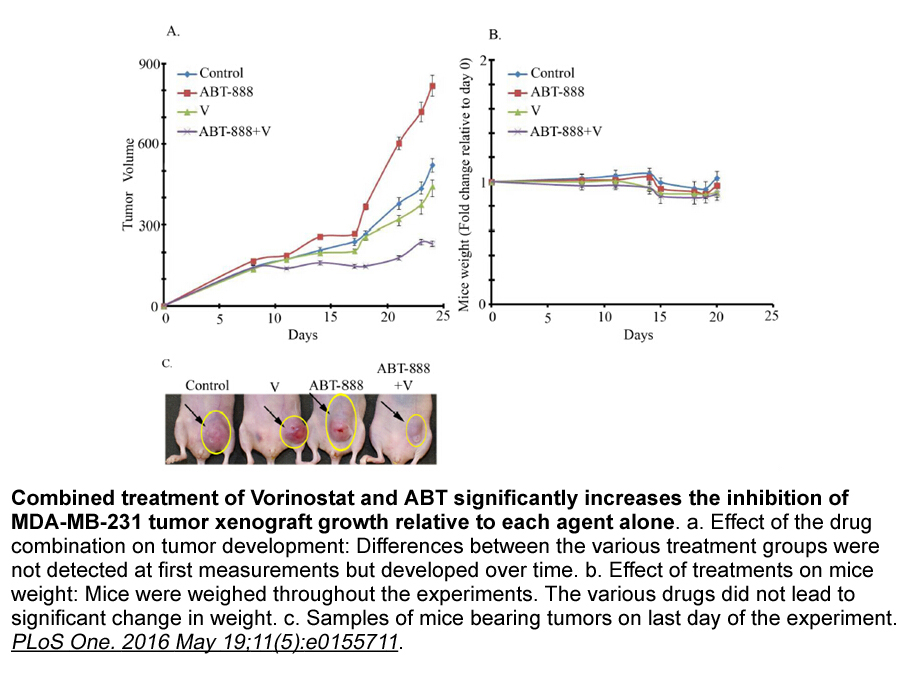
Survival analysis has been widely used in medical science, economics, finance, and social science, among others. In many studies, survival data have primary outcomes or responses that are subject to censoring. The Cox model [7], [8] is the most commonly used regression model for survival data, and t
15767 records 704/1052 page Previous Next First page 上5页 701702703704705 下5页 Last page